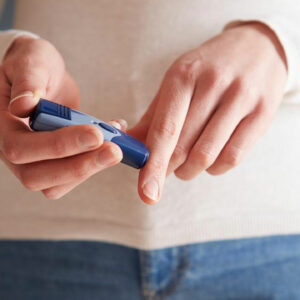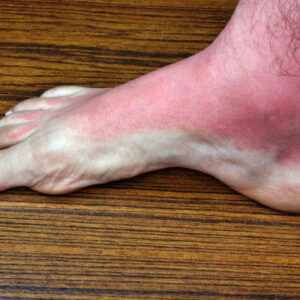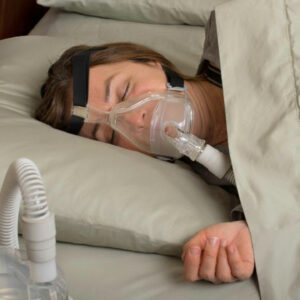
01
Symptoms and Treatment Options for Low Blood Sugar
Low blood sugar, also known as hypoglycemia, means low blood sugar (glucose) levels in the body. It usually occurs in people with diabetes. It can be a side effect of insulin or other types of diabetes medicines. Generally, the acceptable range of blood sugar is 70 to 100 mg/dL. In case of diabetic patients, 70 mg/dL or less indicates low blood sugar. However, diabetes medication is not the only cause of low blood sugar. Medications that don’t suit your body, or any exercise or diet, can lead to low sugar levels. Therefore, you mustn’t be careless about your sugar levels and should keep a thorough record to prevent its diminution below the permissible limit. Also, the brain needs glucose to function efficiently and low sugar can cause loss of energy for brain function, leading to poor attention and cognitive function. The brain senses the drop in sugar. This biochemical process then alerts the person that they need food or water—if neglected or left untreated, it can lead to coma or death. In worse case scenario, an injection of glucagon is given to the affected person as the person finds it difficult to eat anything in a normal manner. The glycogen immediately raises the sugar levels to relatively normal. There are many symptoms that can help you recognize low blood sugar levels (they differ from person to person). Symptoms of low blood sugar Anxiety: One of the symptoms of low blood sugar is anxiety. In anxiety or stress, the blood sugar consumption increases which cause an adrenaline rush. This, in turn, causes low blood sugar due to the fluctuations in the energy levels. Hunger: Mild hypoglycemia makes you feel hungry while high or severe hypoglycemia leads to unconsciousness. Food then breaks down into sugar that enables functioning of our body. The sudden hunger pangs are one of the major symptoms of low blood sugar.
Read More 










